If you’re hoping to increase online sales, look no further than email.
While social media has been getting all the hype for the past few years, the simple truth is that email is the quiet giant doing most of the selling behind the scenes.
If you don’t believe me, just look at what other marketers have to say.
Recent data shows that 89% of decision-makers in B2C companies say that email is the most valuable piece of customer identification information they own.
The simple truth is that email is how modern business is done. It’s not going anywhere soon.
But there’s one game-changing tool that maximizes the effectiveness of any email marketing campaign: autoresponders.
Autoresponders are pre-programmed emails that your program delivers to clients in a certain time frame. You can design that system to extend for as along as you’d like.
It’s a phenomenal way to interact with clients and build sales, and I’ve found it hugely beneficial in my own business.
I spend lots of time making my website perform at peak efficiency to acquire emails, and my autoresponder picks up where the website leaves off.
Here are my top strategies for increasing sales using autoresponders.
1. Welcome new subscribers
The first email you should send is a welcome email. This is a basic tactic, and most companies already have a welcome email of some sort.
If you’re growing your email list quickly, you need to reach out to those new potential customers and explain what you’re all about as soon as possible.
But instead of something generic, focus on the unique needs of those new subscribers. What are they looking for? How you can you explain how your company can help?
And perhaps most importantly, what is the next step you can encourage subscribers to take toward a purchase?
E-commerce site Dormify knew they needed to welcome new customers. As a new company, they knew that email subscribers wouldn’t really understand what the company was all about.
To remedy that, they send an email welcoming new subscribers “to the fam.”
Dormify also included a few introductory calls to action. First, they included a 15% discount as a special welcome offer.
Second, they gave readers a free design plan as a special bonus. These are both ways to encourage subscribers to take the first step toward a purchase.
The results were clear. The new email campaign brought a 92% increase in email revenue through their e-commerce store.
Depending on your needs, however, you may want to start off more slowly. Instead of directly selling to the prospect, you may want to start by welcoming with rapport.
Social media management platform Buffer does a great job with this. Their welcome email focuses on customer service and provides a help email address and Twitter handle.
A friendly face and name leave the reader feeling like it’s an email from an old friend who’s eager to help them get set up.
But you’ll notice there’s a call to action, as well. Ultimately, Buffer wants the reader of this email to download their browser extension.
It’s a small ask, to be sure, but one that will provide users with additional ways to use the app and get used to its functionality. This might lead to an upgrade to a paid plan later on.
2. Space your emails out over time
When it’s time to get started with your email autoresponder list, the first thing you need to decide is how often you want to send them.
I recommend spacing them out over the course of a few days or even a few weeks.
Marketing consultant Peter Boyle writes on FunnelEnvy that you should have a minimum of nine emails, with every third email selling something.
This is a good framework to start with, though I also recommend you test to see if this works best for your industry and audience.
There are some conflicting opinions about how often you should send out your emails, but I recommend only sending one a day, with a few exceptions.
For example, Product Hunt has built a huge business by sending one email each day.
One of the reasons for the success of Product Hunt’s email campaign is that the one email builds a daily habit, according to Jimmy Daly on Vero.
But there may be times when you want to send more than one email in a day.
I’d recommend using this only when something is time-sensitive in hours or even minutes.
For example, if you’re going to close the launch of your course or launch a webinar, it may be a good idea to send an email in the morning and then another a few hours away.
Beware, however. Many subscribers may find this frequency too over-the-top and unsubscribe. Be sure you have a justified reason to send them so many emails!
3. Deliver a case study
It’s no surprise that a case study is one of my top recommendations. The truth is that case studies are one of the most powerful ways to sell anything.
When customers are looking to buy the product you offer, there are always doubts in their minds. Sometimes these are simple doubts and involve simple solutions, like the price.
But most of the time they are complex. People want to know if your product will work for them and their specific situation.
Since it’s impossible to predict every situation, you should use case studies instead.
This allows potential customers to put themselves in the mind of the case-study customer and envision success.
Even better, case studies work for both B2C and B2B companies. Structural manufacturing firm Strongwell struggled to manage every lead with their small sales team.
To handle all the requests, they created an email newsletter featuring case studies.
The newsletter served as a way to nurture leads, and it provided an opportunity for outreach if the subscribers were interested in purchasing.
Their lead nurturing campaign was the best-performing email campaign they had ever run.
It allowed Strongwell to pull in a $30,000 project from the funnel they had created with email automation.
Even if you aren’t directly selling anything, you can use case studies to inspire your email subscribers.
Design app Canva does a great job with frequent case studies in their email marketing. They use big-name brands like Starbucks and Oreo to inspire designers for smaller projects.
Using a case study in your email autoresponder is one of the smartest moves you can make to sell more.
4. Offer a quick tip
One of the quickest ways to get customer buy-in is a quick tip.
I know from personal experience that people are much more likely to get started with something small than a huge task they need to complete.
Instead of sending an “Ultimate Guide” to your product, focus on the first few steps that will give your subscribers the best results for small tasks.
Early in its email welcome sequence, video hosting and analytics service Wistia sends an email with the subject “A quick tip for 18% more video plays.”
The email explains a basic feature of the software, and it encourages new users to try it out.
Because the return is so large (18% more video plays!) and the solution is so simple (just customize the player), a lot of users are happy to experiment.
It’s a simple way to get people more excited about the product without feeling overwhelmed.
Evernote also does a great job with this in their onboarding email sequence. They send a drip series of five quick tips when a user first signs up.
Focusing on these tiny steps is a great way to build customer loyalty and encourage consistent use of the app.
Instead of launching a full-blown explanation of all of Evernote’s powerful features, this “five tips” sequence results in an easier way for customers to get used to Evernote’s features.
5. Answer common questions
No matter how well-designed your product or how well you think you can explain away every customer concern, you’ll still have customer questions you need to answer.
I’ve found that the best way to answer these is straightforward. Don’t try to get fancy or subtly answer questions without stating they’re really just questions.
Instead, dive straight in. You can even use a Q&A format to make it clear you’re answering questions you’ve received from customers.
This is particularly effective when launching a course, as most people will have questions about the course that they want to be answered before buying.
During the launch of his Top Performer course, learning expert Scott H. Young sent an email responding to the questions subscribers had about the course.
He took the most common questions people asked and responded to them in a Q&A format.
By being upfront about the questions and answering them in an honest way, Scott H. Young built trust and resolved customer objections at the same time.
It’s a great way to sell more while not turning away potential buyers with a hard sales pitch.
6. Ask for reviews for your e-commerce products
If you run an e-commerce store, you know the importance of customer reviews.
But the problem is obvious. When most customers buy from you, they forget about the product shortly thereafter.
When you’d want them to leave a positive review, they’ve moved on in their lives. It doesn’t even occur to them to comment on the product.
That’s where a carefully targeted email autoresponder can step in and handle things for you. It doesn’t need to be complicated. Just ask for reviews!
Boden does a great job by just asking for reviews in their responder sequence after a product has been sold.
It’s a great way to build the credibility of the items you have for sale without sacrificing the authenticity of the reviews.
7. Teach your subscribers what they need to know
I know from experience that one of the best ways to sell is by teaching. This applies to most forms of Internet marketing, and email is no exception.
To get started, learn about your customers and understand exactly what they’re struggling with. How is their lack of knowledge affecting their purchase behavior?
Storage company Extra Storage Space struggled with a problem. A massive 45% of customers who reserved a spot didn’t show up on moving day.
It cost the company money, and their research showed that the primary problem was that customers were unsure of what the next steps were.
With an education email autoresponder, they worked to teach new subscribers the process of setting up storage.
The first contact gave them next steps for their reservation.
For customers with a move-out date two weeks or more away, they sent a drip campaign with even more education, including an email on what to expect.
As a result, Extra Storage Space experienced a 50% jump in subscriber-to-buyer conversion rates through their emails.
It doesn’t have to be a product outside of the digital world for education to work, however.
Workforce messaging app Slack does a great job of providing information to new users and teaching them on the basics of how to use the app.
In just a few short lines, the new customer already knows how to log into the app, add a profile picture, change his or her password, and contact customer support.
Users are educated on all the basics of the app in a single email that’s friendly and to-the-point.
8. Offer a referral bonus
If you want to drive massive email signups and consequently create massive sales, consider offering a referral bonus for subscribers who encourage friends to sign up for your list.
When Harry’s did an email promotion to boost the sales of their razors, they did this technique and encouraged new signups to get a friend to get the emails as well.
The result was referrals that made up 77% of the total campaign leads.
It made the campaign a massive success, and it increased the email signups (and subsequent sales) by a huge factor.
To run a campaign like this on your own, you can use a simple program like Viral Sign Ups.
By including an email autoresponder encouraging users to get a friend to sign up, you can increase the ROI of your email campaign without any massive changes.
9. Personalize your emails with their name
One of the biggest problems with an email autoresponder is that it can feel like an autoresponder.
While most savvy subscribers know you aren’t sending them out individually, it helps to add a personal touch whenever possible.
The easiest way to do this is by personalizing the emails with the name of your subscriber.
It’s no secret that people love hearing their names. Thankfully, most email software makes it easy to include the names of your subscribers as well.
While I don’t recommend going overboard with using subscribers names over and over again, the occasional name adds a nice touch if it’s used a few times in the email.
AdEspresso does a great job of using my name in the subject line and in the body of the email itself.
This ability to personalize is one of the biggest benefits of email marketing.
Because it’s so easy to use, 65% of marketers use personalization in their email campaigns, according to data by Evergage.
If you’re not doing this already, it’s time to get started! It’s a simple way to build trust and make your emails seem friendly and welcoming.
10. Build trust using other consumer’s success
Every company struggles to build trust with new customers and clients.
The amount of trust that needs to be built depends on the industry, but it’s usually a good idea to ensure trust no matter what.
This is a particular problem with companies in the financial space. Digital wallet company Dashlane wanted to ensure that customers trusted them with sensitive financial information.
To do so, they included real customer reviews in their email campaign.
It proved massively successful and encouraged customers to have the trust to use the product.
But what if you’re a fairly new company, and few people have given you reviews online?
Dashlane faced the same problem.
To get those reviews, they sent an email out about once a month to a random sampling of active customers, asking them to review the company on Trustpilot.
By using a third-party website (Trustpilot) instead of their own site, this encouraged users to post honest feedback.
This added a further level of trust for those reviews since it was clear that nobody from Dashlane was able to edit them or cherry-pick the most positive statements.
But by strategically targeting existing customers, they were able to quickly build a user base of people who loved the product and were excited to proclaim its benefits.
As a result, the campaign received 300 customer reviews, with 97% of them being four or five stars.
11. Personality
If you aren’t careful, your email autoresponders can be dry and devoid of personality.
To solve this problem, make a point of including flavor and excitement in each email you send.
One of the most famously successful autoresponder email was that from CD Baby.
When a customer purchased an item, they received an over-the-top email explaining the rigorous procedures the CD Baby team underwent to send the product to them.
This single email went viral and encouraged thousands of people to become customers.
While you don’t have to create an email like this, be sure to add a taste of your company’s individual style in the emails you send.
12. Pitch to abandoned carts
One of the biggest benefits of email marketing is the ability to specifically target customers who are on the cusp of buying.
This is the best way to use email marketing to increase sales in your e-commerce store.
This is the main reason email marketing is hugely effective. A recent poll by Smart Insights asked marketers to rate email’s biggest benefit.
The biggest results of email were generating more leads (23% of marketers) and improving sales (19%).
One of the best ways to get these new sales is with a pitch for abandoned carts.
Every time a customer adds to a cart on your e-commerce site and leaves, it’s a sign that he or she is interested in buying.
In order to confirm that purchase, there’s less work required, and even a simple email can trigger the customer to make the sale.
Argos baby products developed a customized cart abandonment email.
In addition to showing the products left in the cart, it provided recommendations for other items the customer might enjoy as well.
The email sequence ensured that customers completed the purchase process, and it even expanded their total spend, as well.
By combining an abandoned-cart email with a recommended-product email, Argos was able to rescue abandoned carts.
They were also able to actually increase the purchase value of those carts.
If you’re not sure if this is a strategy that would work for you, take Shopify’s word for it.
Shopify recommends you try setting up a system that tracks if your shoppers abandon the cart. Tweaking the variables here can pay huge dividends over time.
If you try a simple test, so what is there to lose?
13. Show authority and credibility with big names
Every customer wants to do business with the best, and it’s up to you to prove it.
Appealing to large companies and clients is a great way to show that you’ve been valued by the best in the business.
It’s the reason I include the logos of big brands on my consulting page.
Showing credibility is so important that sales funnel specialist Jeremy Reeves argues that you must have proof in every single email.
There are lots of ways to include this. It could be in the form of a testimonial, media appearance, expert interview, or even dropping a name in your email.
There are plenty of ways to show you know what you’re talking about.
Business and publicity coach Selena Soo shows her authority in this email, letting her audience know she was featured on the cover of HER magazine.
Incorporating emails like this into your autoresponder strategy will add credibility to your image.
14. Segment your list
If you aren’t segmenting your list already, it’s time.
There are lots of ways to do this, but the most basic is to put different subscribers on different tracks.
This works very well because subscribers will only get information specifically targeted to them.
These highly-targeted emails result in much higher engagement rates with the content.
According to research by MailChimp, segmented lists outperform regular lists. They received 14.31% higher open rates and 100.95% higher click rates.
To do this, I recommend preparing a few different tracks for your email list. At its most basic level, you may want to create a beginner, intermediate, and expert list.
Early in the autoresponder sequence, send an email asking your subscribers which group they feel they belong to.
(You probably don’t want to use this terminology, but instead, ask a question with three different answers.)
When your subscribers click on the answer that best describes them, they’re automatically tagged in the backend by your email software.
This allows you to segment them along the right path and reap the benefits that come with that path.
To get your list set up, I recommend planning out the whole series before you run it.
Award-winning copywriter Beth Hayden agrees with me and recommends you plan out the whole series in advance.
If you need to, create a basic calendar to keep track of where your email subscribers are at any given moment on the tracks you’ve created.
15. Tell a story
Humans love stories.
Stories grab our attention, hold our interest, and compel us to take action.
Unlike case studies, stories aren’t necessarily supposed to be people we relate to.
You might tell a story of how you started your business, or what it’s like to be an employee at your company.
Your email subscribers might not relate to these people, but it grows their understanding of your brand.
Save the Children includes a storytelling video early on in their email autoresponder sequence. It tells a heartfelt message and encourages donors to participate even more.
There are three main kinds of stories you can tell.
- Nurturing. Like the Save the Children story earlier, this is how your email subscriber can help. It’s usually reinforcing a previous call to action and serves to nurture the subscriber and show him or her the impact her or she has made.
- Awareness. This tells the story of your brand. It might be a personal story or a profile on an employee in your firm. It’s a way to show the human side of your company.
- Call to action. This is a story meant to drive someone to action. Unlike the first two, it’s designed to compel the reader to do something. Chances are, this is a sale of some sort. It might be upgrading to a premium service, adding a new feature, or buying a new product. These stories are your most valuable.
16. Don’t always sell
One of the biggest reasons for using an autoresponder is actually not to constantly sell to your list.
When Help Scout designed their email autoresponder sequence, they didn’t even offer a free trial until email number five, which was delivered a week after the first email.
While your ultimate goal with your email list should be to sell more of your product, remember that people are more likely to buy from you if you’ve built a relationship first.
I typically provide something of tremendous value, like a webinar or free training, to my list. I then pitch them on one of my paid products.
I get a much higher ROI this way.
17. Keep adjusting and testing over time
Do you want to know the real secret to writing emails that sell like crazy?
The answer is simple: adjust and test!
The New York Times has a 12-person email team made up of professionals who are constantly adjusting and refining the strategies to increase email engagement.
That’s why the Times has a staggering 50% email open rate!
Here’s a classic example of how testing helps. It’s old data, but still telling.
Obama’s 2012 campaign tested a variety of email subject lines to increase campaign donations.
The best-performing subject lines ended up being worth millions of dollars more than poor performers.
There are lots of ways to test, and you can’t expect to try them all at once.
If you’re just getting started, I recommend beginning with email subject lines. Your email service provider may already have built-in functionality for this, which makes it easy!
I’ll be using ConvertKit in my example, but you can apply the same steps to your email program. To get started, click New Broadcast.
This will set up a new email to send to your existing customers. Depending on what works best, we’ll include it in our email autoresponder sequence.
Choose which segment of your audience you’d like to contact, then hit Next Step.
From here, you’ll be presented with the New Broadcast page. You can type in your email now, but I’ll show you the A/B test functionality first.
Click the A/B split-test button.
Enter the two subject lines you’d like to test. I’ve chosen one with a question and one with the subscriber’s name. It’s helpful to see which performs better.
ConvertKit will send out both emails to 15% of your email list, then test which did better after four hours.
Based on the open rate, it will then send the email to the remaining 70% of your list using the winning subject line.
Because of the way ConvertKit runs their tests, it’s not feasible to do this with an autoresponder.
Instead, we’ll use it for a broadcast to existing subscribers, then copy the winning subject line into our autoresponder.
Conclusion
Email autoresponders are one of the most effective tools to start raking in incredible sales.
To get started, you need to know the best tactics to drive sales and encourage your customers to buy.
These strategies are a great place to start, but no matter what you choose, keep testing.
Once you get a sequence in place, you’ll be amazed at the results.
How will you increase sales with an email autoresponder sequence?
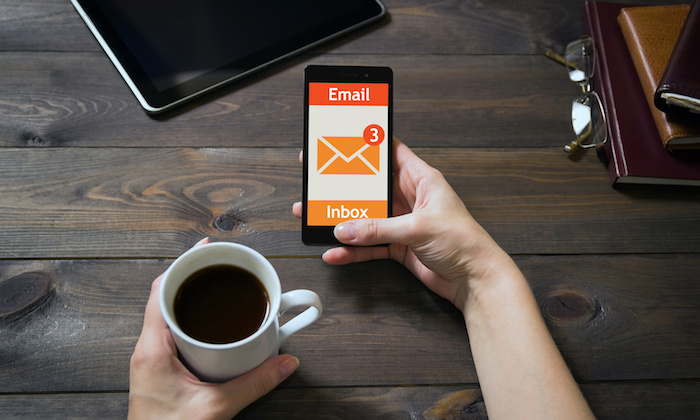
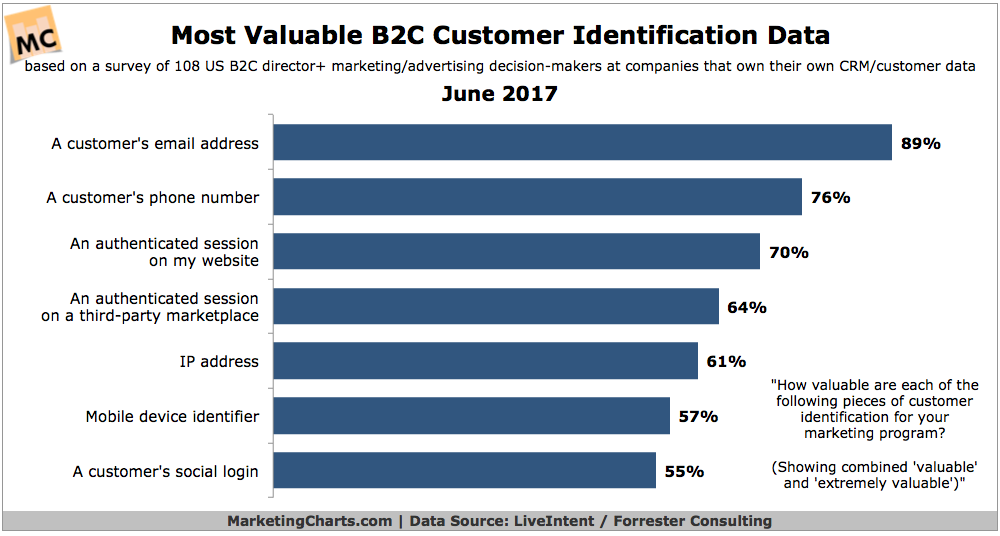

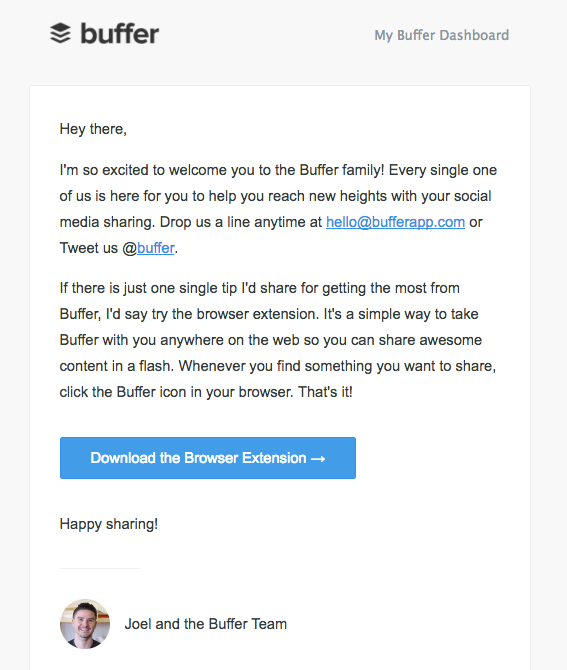
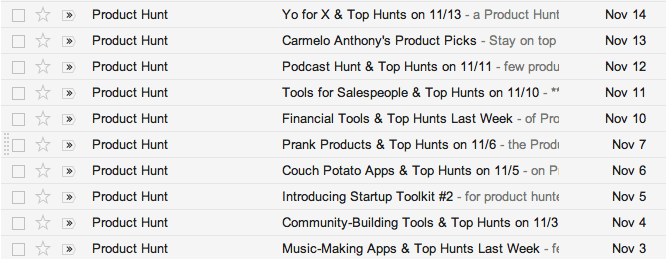

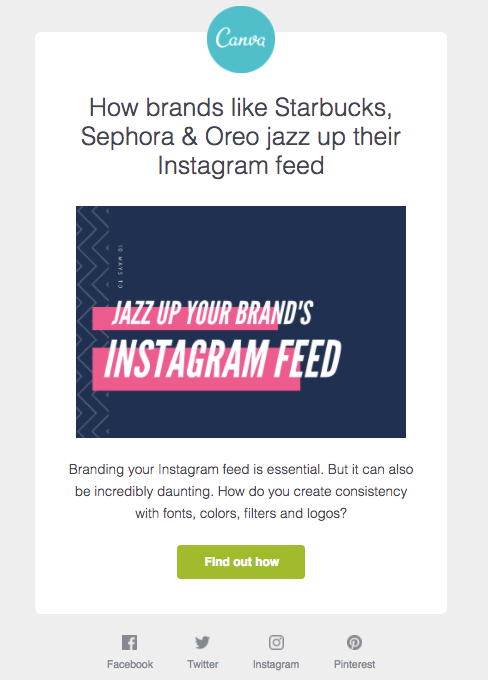
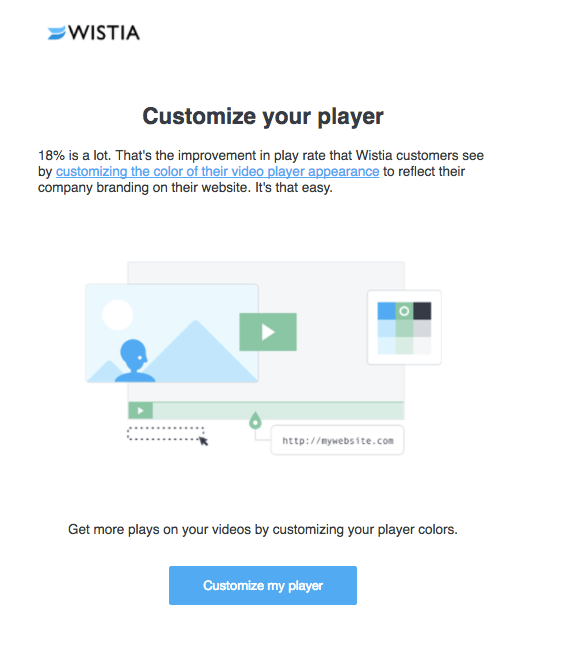
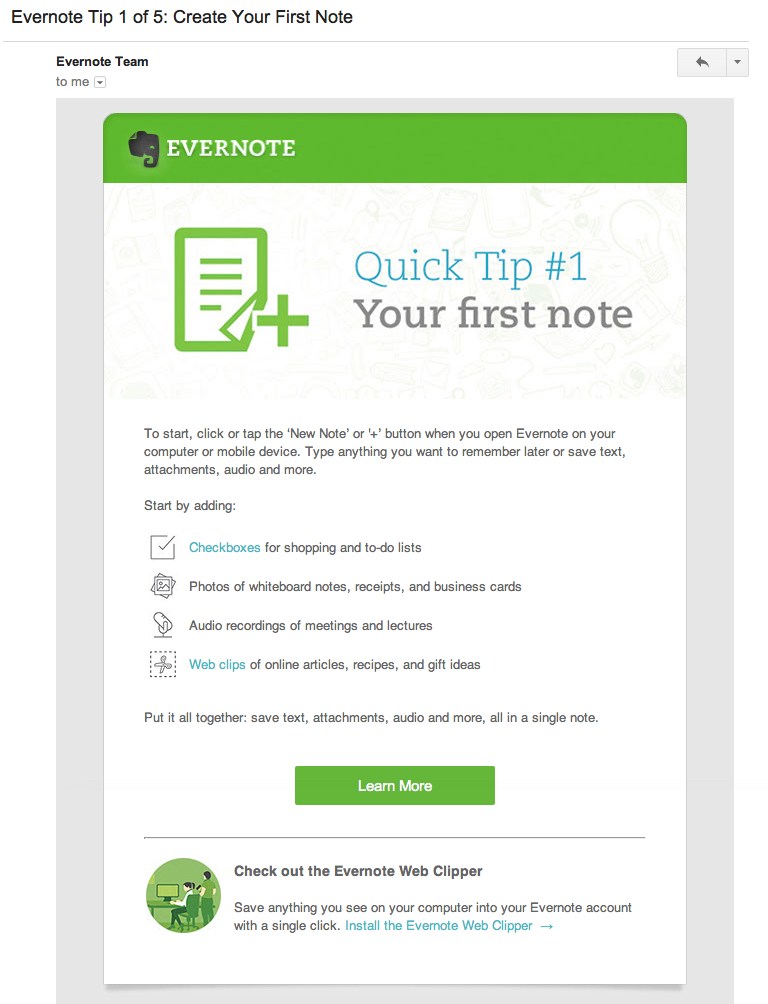
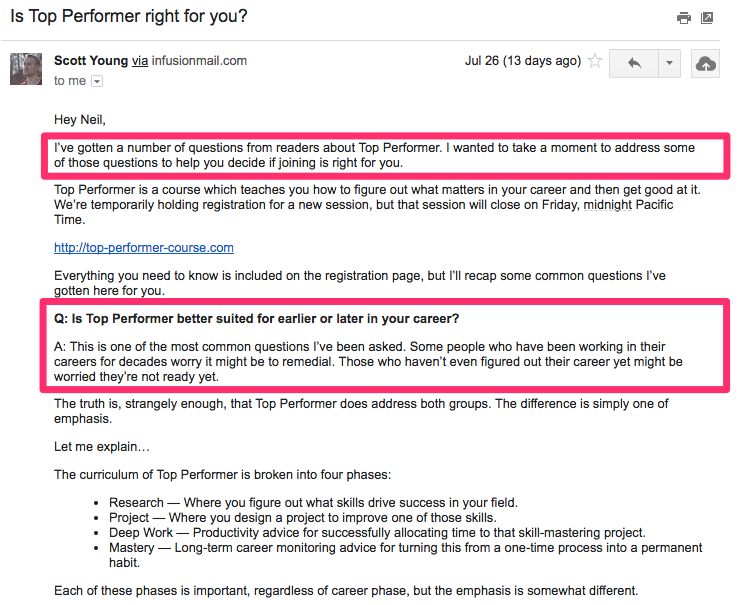
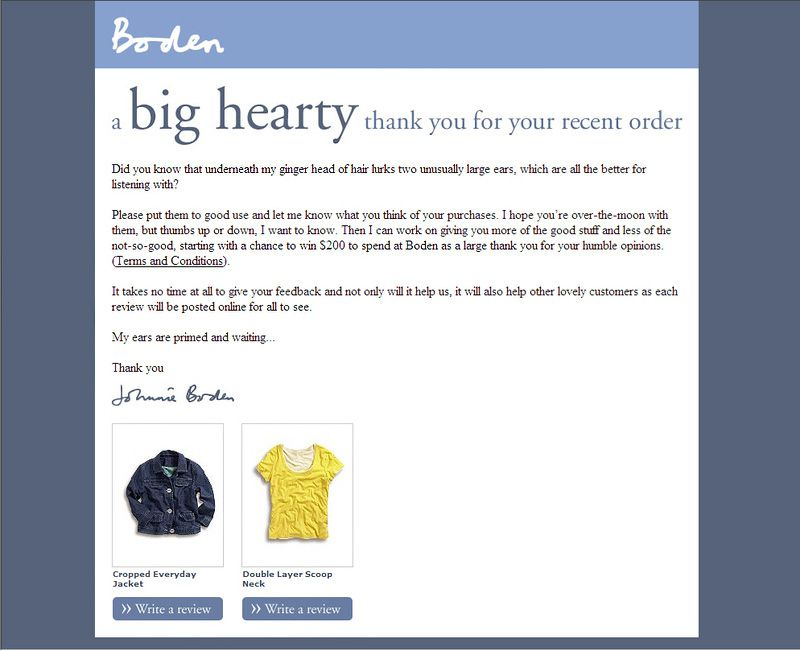
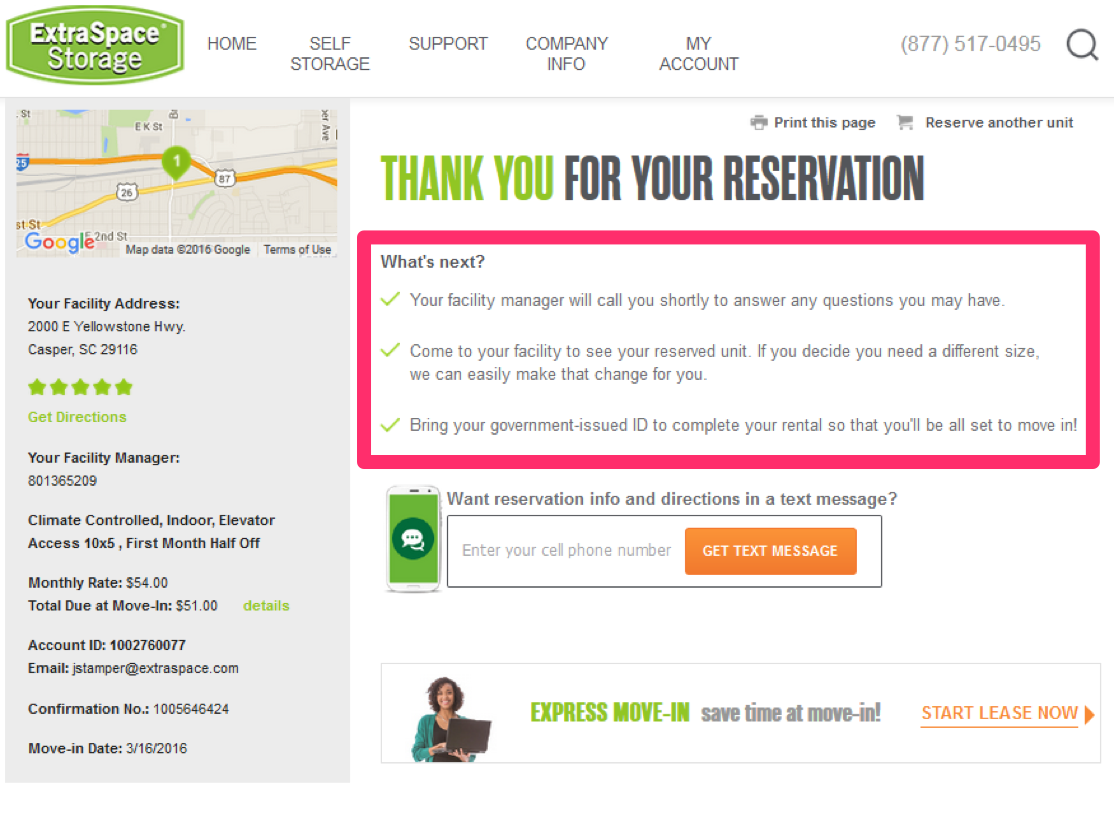
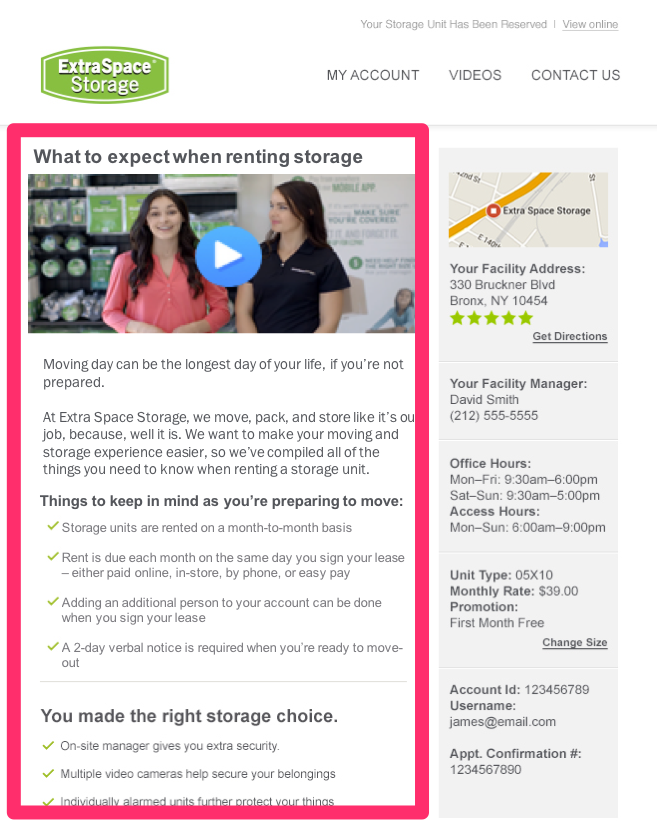

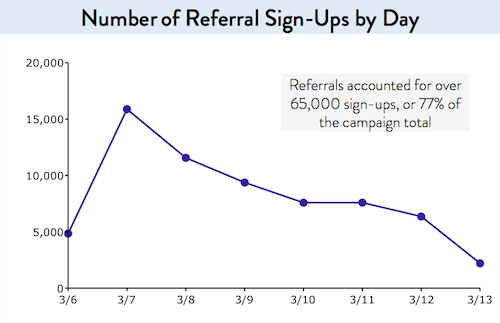
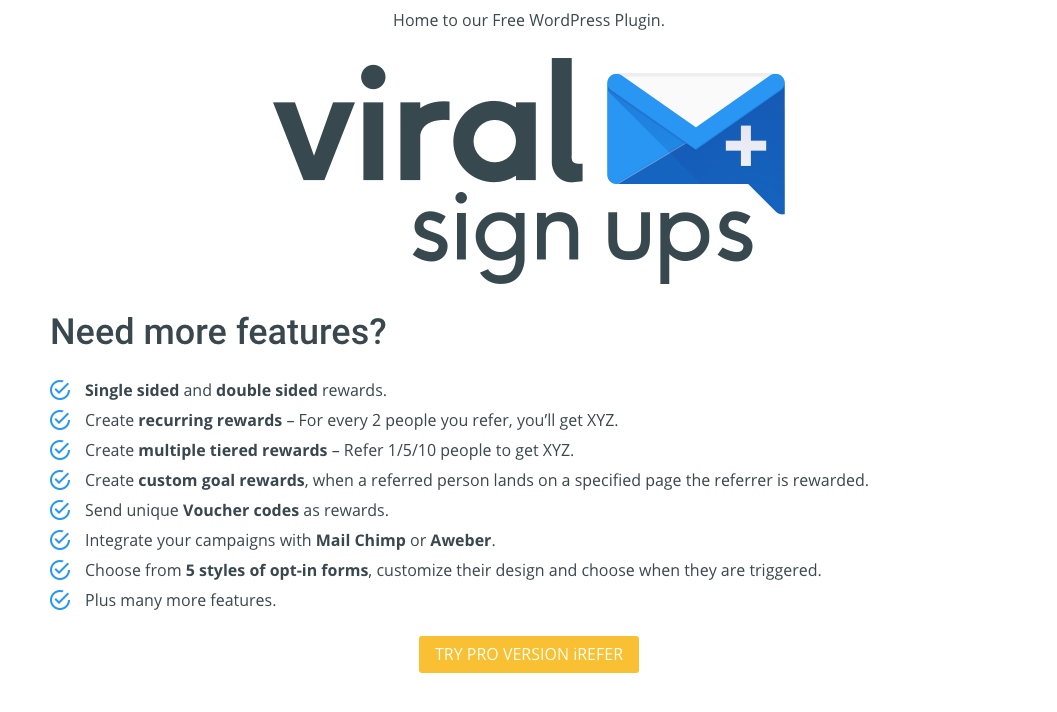
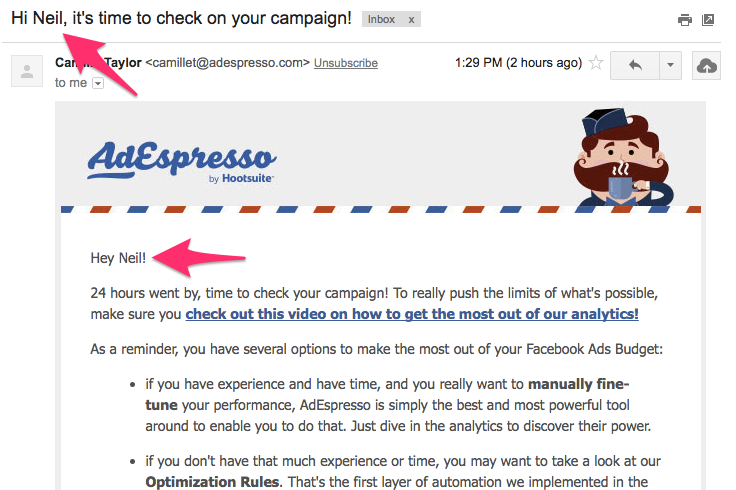
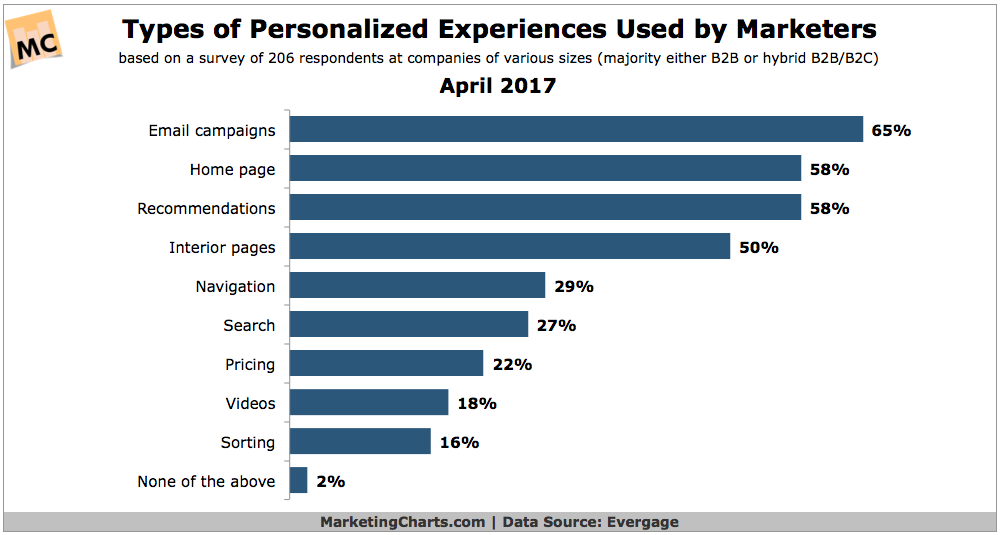


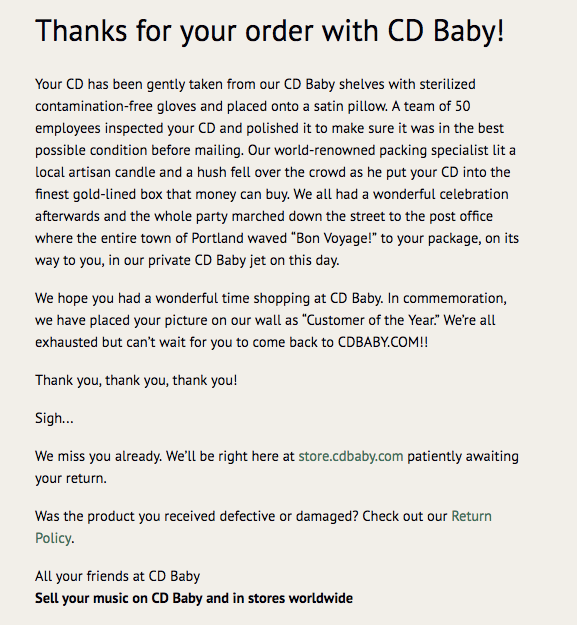
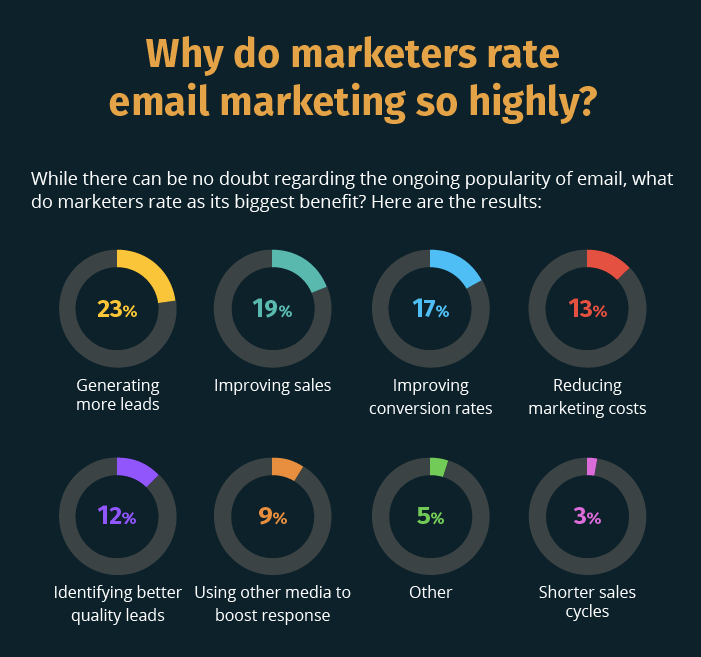
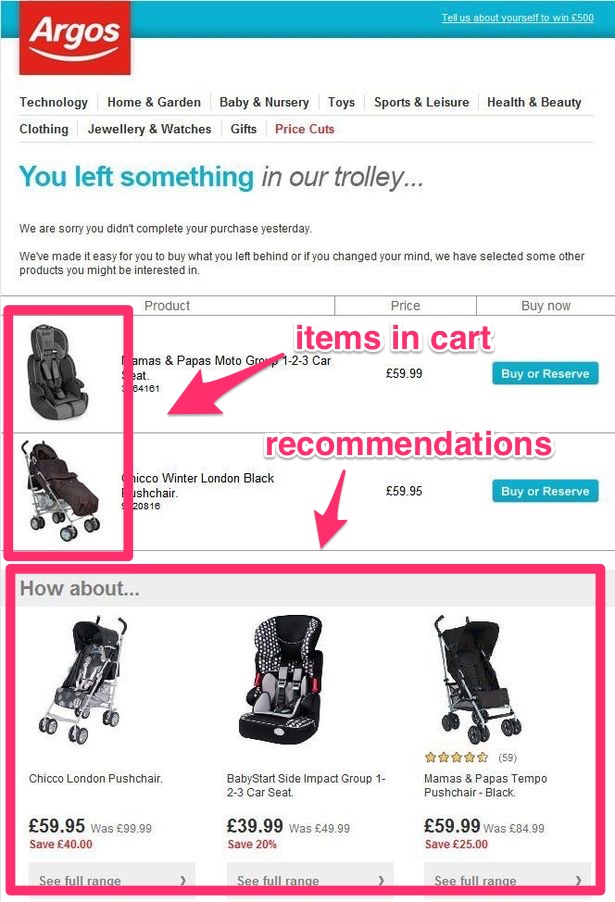

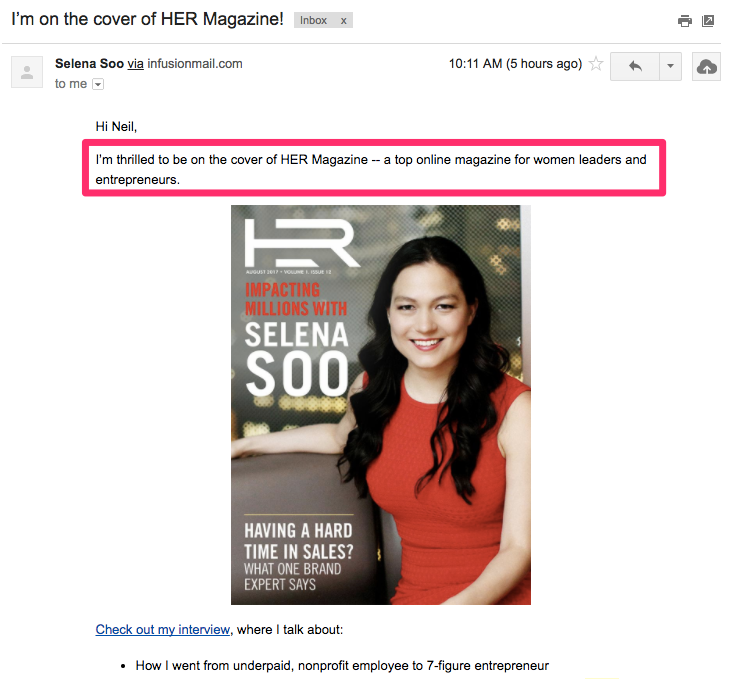
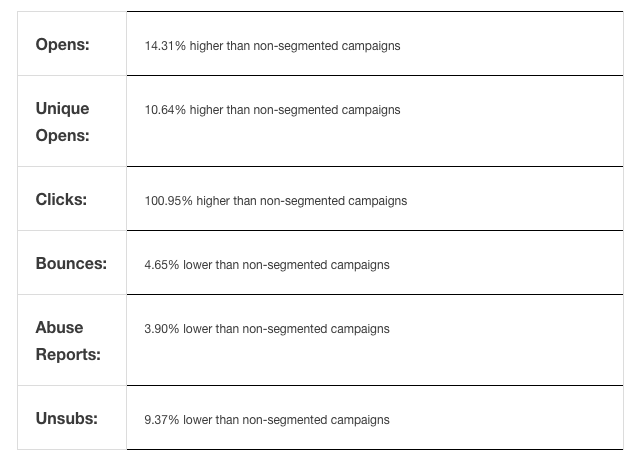

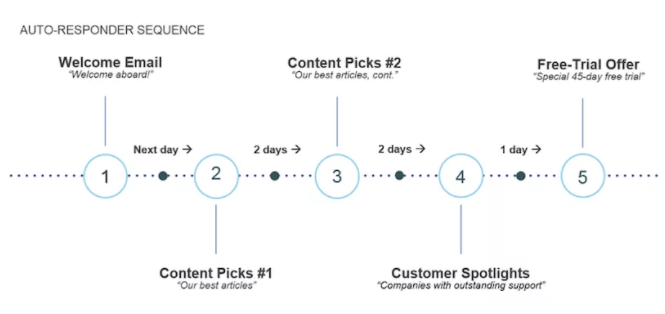

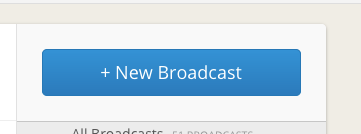
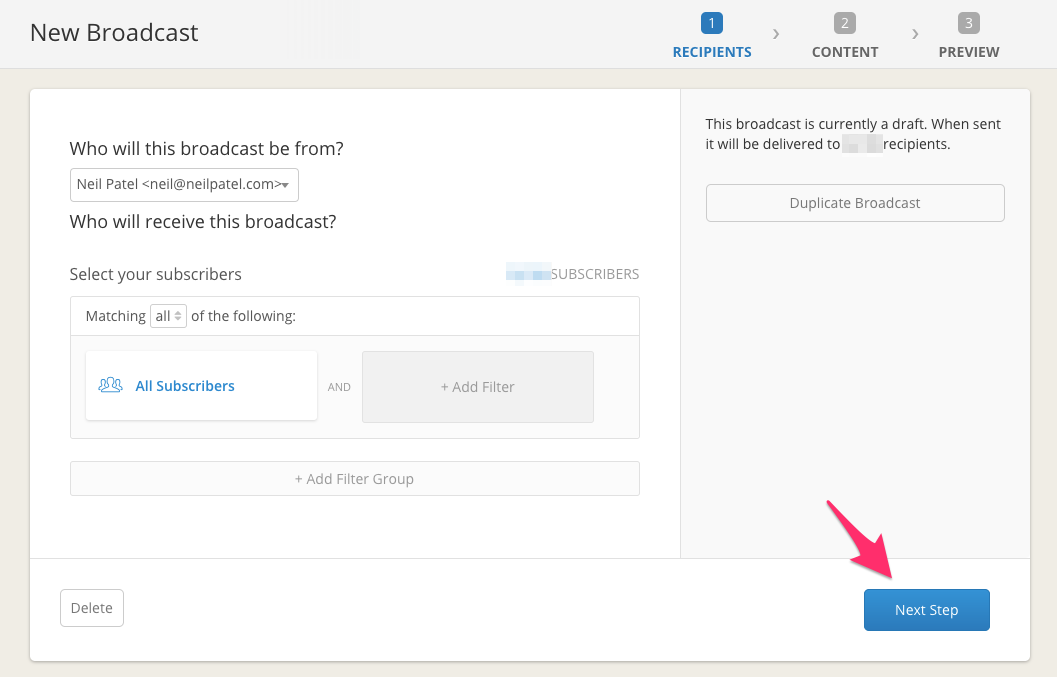

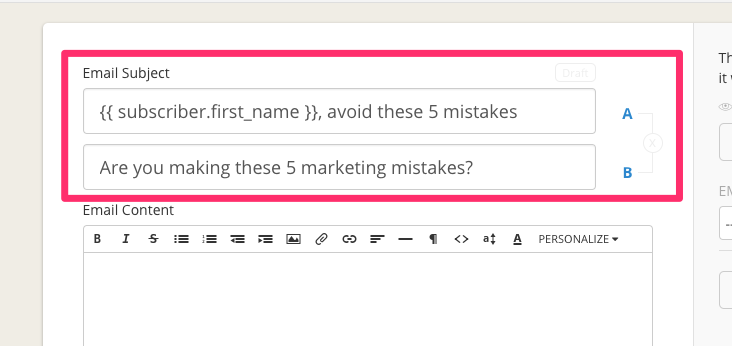
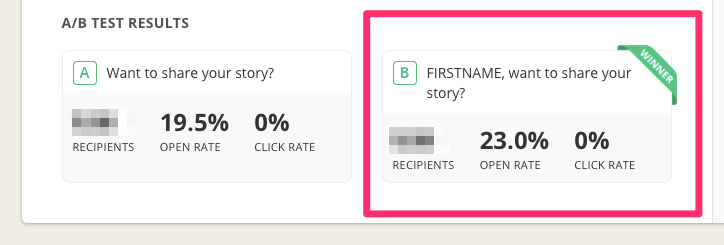
Comments (4)